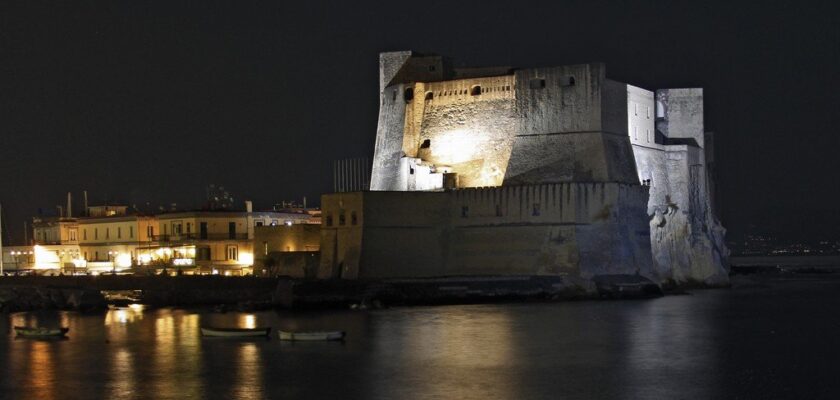Castel dell’Ovo
Castel dell’Ovo is a medieval castle located on the island of Megarida in the Tyrrhenian Sea. The island on which it stands is very close to the coast and is connected by a narrow embankment to Naples’ coastal neighborhood of Santa Lucia. Castel del Ovo is a majestic architectural monument. It is endowed with a rich history and attracts many tourists.
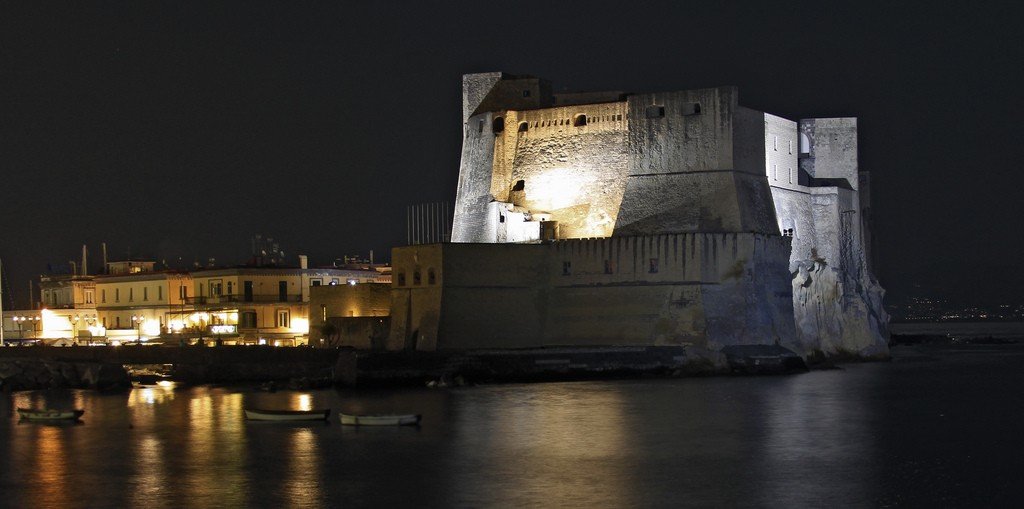
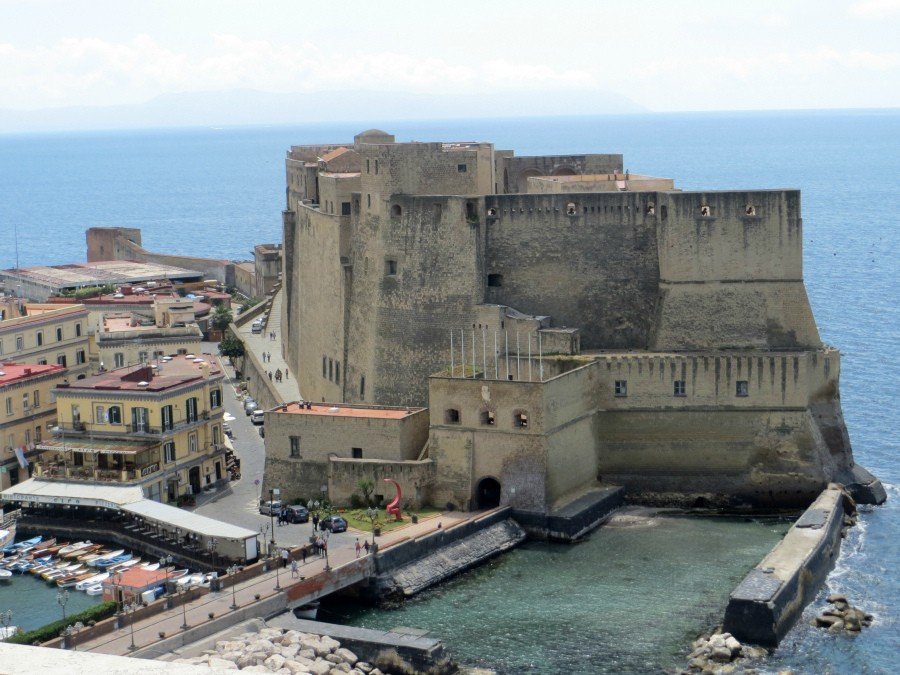
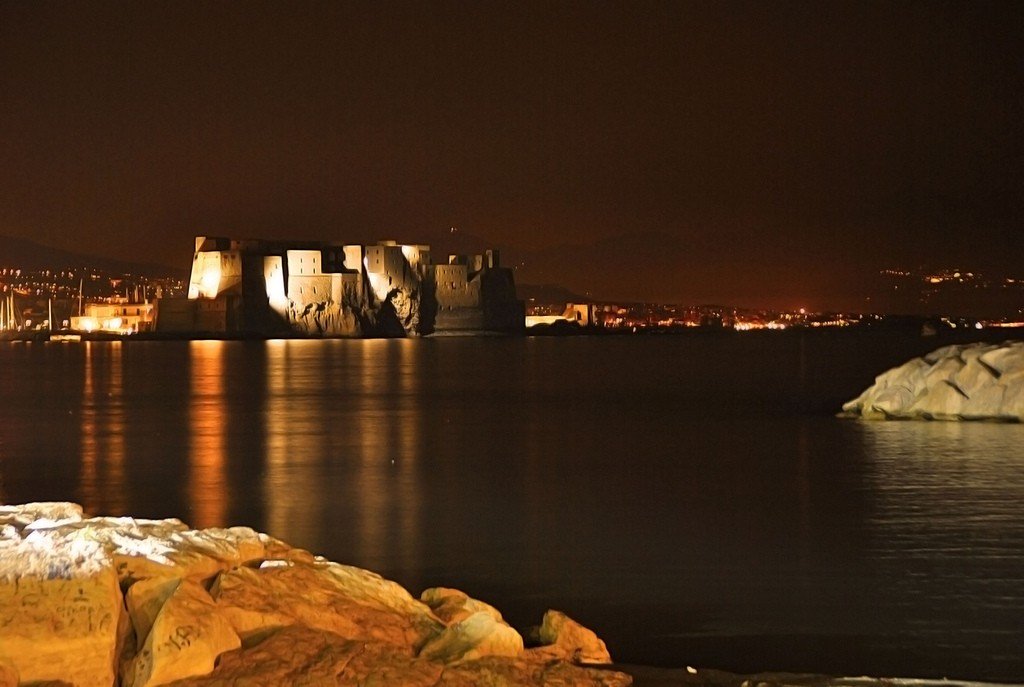
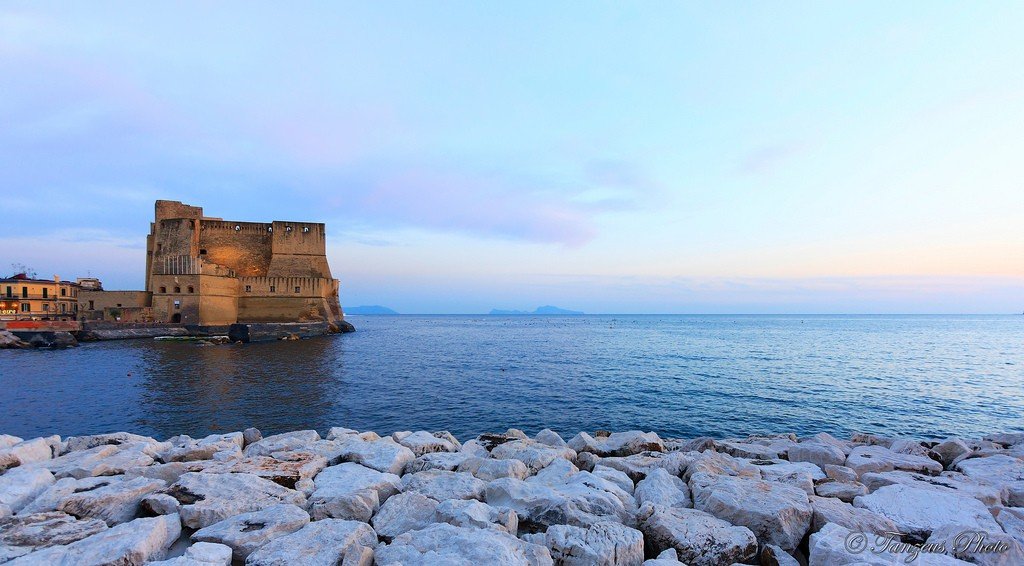
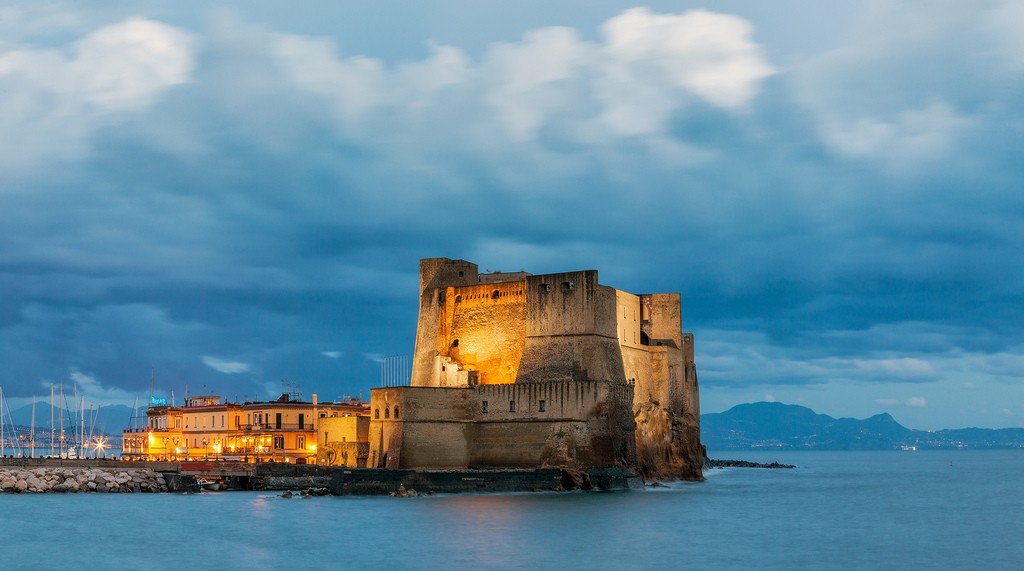
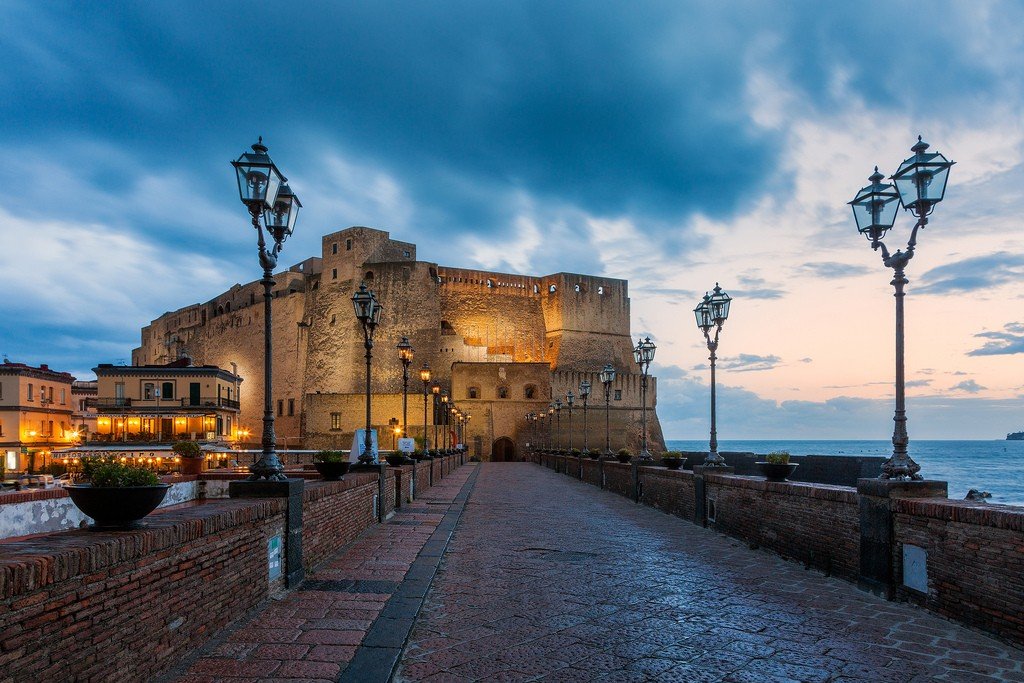
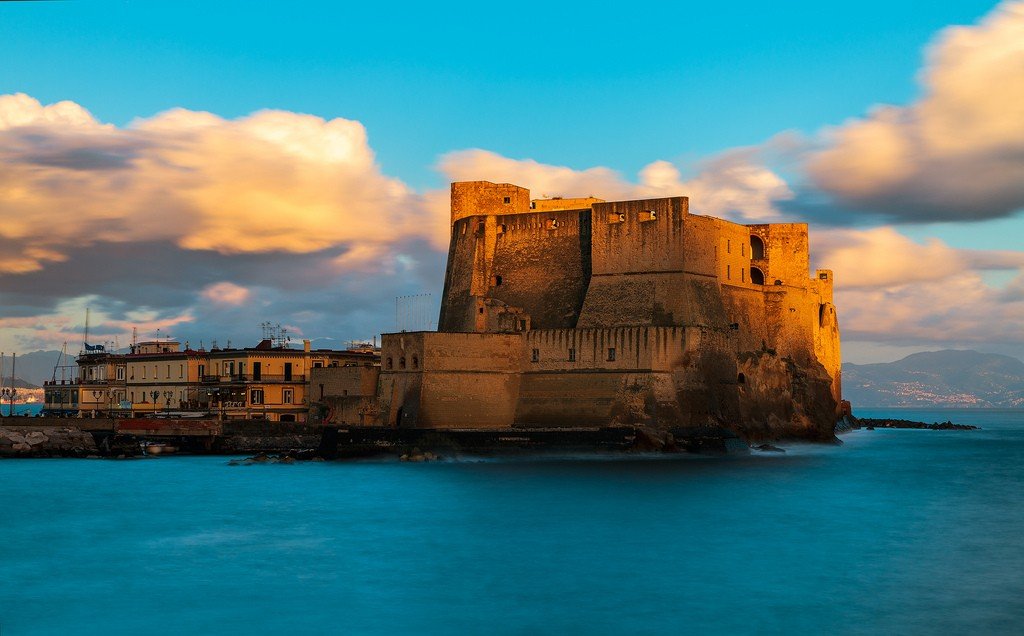
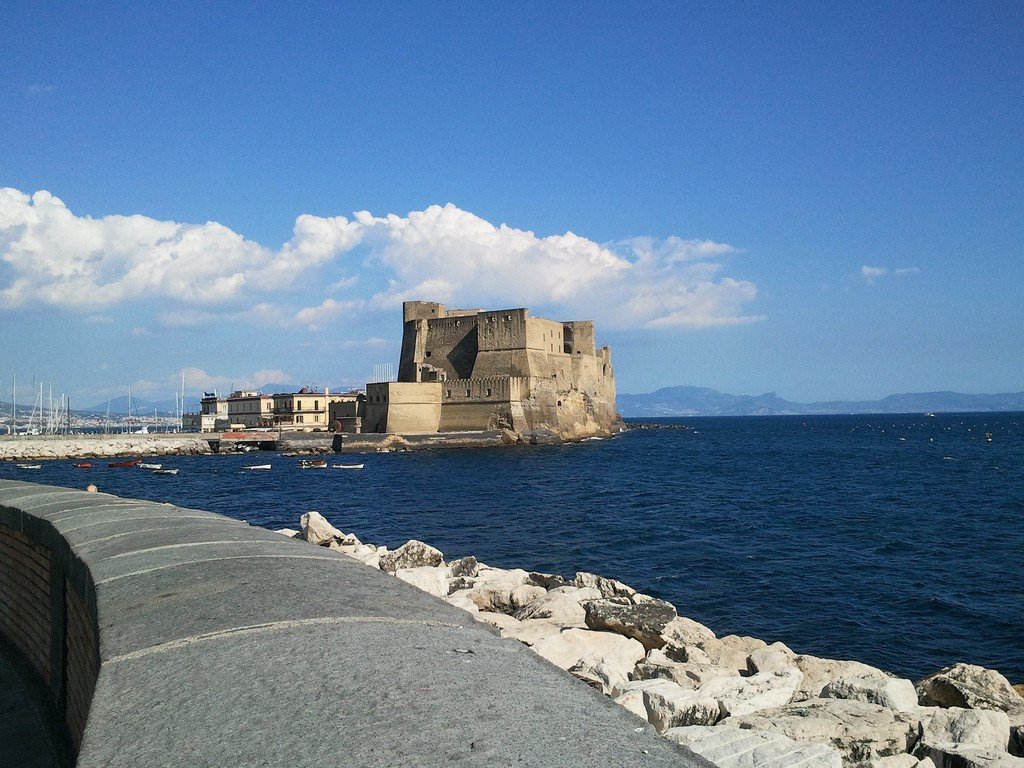
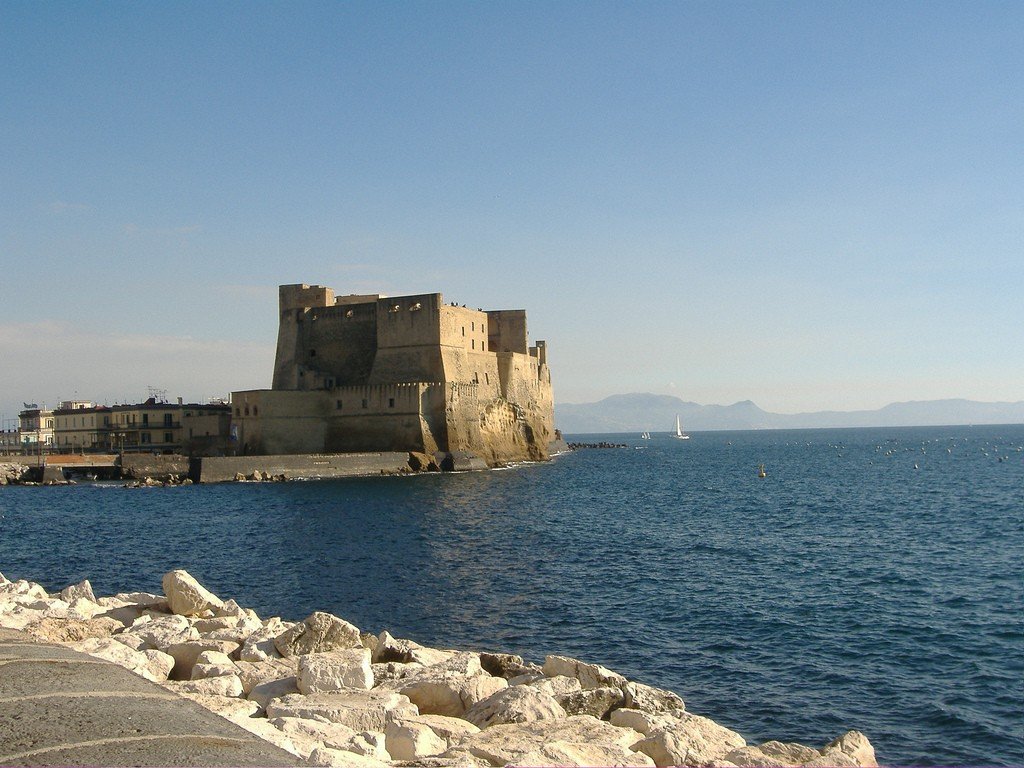
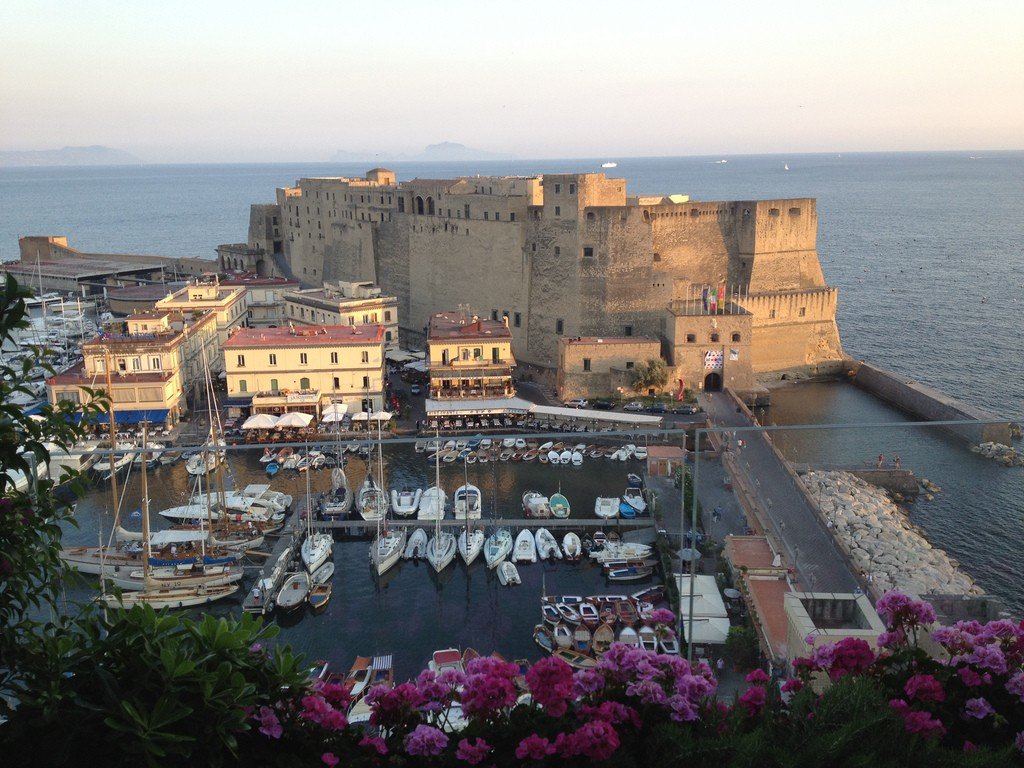
General information
In Italian, the name of the fortifications means “egg fortress” or “egg castle”. According to one version, this was due to the unusual elongated shape of the castle. Another explanation of the name appeared, thanks to an ancient legend. The legend says that the Roman poet Virgil hid a magic egg in the dark dungeons of the fortress, and until it is discovered, the city of Naples and Castel del Ovo are safe. Virgil was considered a magician, and so the fictional story is treated with awe by Italians.
.
Although nine centuries have passed since Castel del Ovo was built, most of the fortress is in very good condition. These days, tourists have the opportunity to explore the ancient castle from the outside and inside, as well as walk around its stone walls. The observation decks offer excellent views of the main attractions of the seaside town – the Royal Palace, Castel Nuovo and Sant’Elmo castles, the seaport and the huge volcano Vesuvius.
.History of the castle
It is believed that the first settlement on the island was founded by Greek colonists who arrived here in the 6th century BC. In later times, the picturesque place was appreciated by the Roman commander and consul Lucius Licinius Lucculus. He built a villa there and immortalized his own name in its name “Castellum Lucullanum”. In the V century, when the empire was ruled by Valentinian III, the villa was rebuilt, and the shores of the small island were fortified to protect the island from enemy attacks. Afterwards, Megarida was long inhabited by monks.
.The castle of Castel del Ovo appeared in 1139, thanks to the first king of the Kingdom of Sicily, Roger II. Powerful fortifications were needed to securely protect the city from the sea. A century later, the royal court moved from the island to the new castle of Castel Nuovo, built by Charles of Anjou.
.During the reigns of several dynasties, the stone fortress on the island housed the royal treasury, the judiciary and the prison where people undesirable to the authorities were kept and executed. There are many legends about the ghosts of Castel del Ovo. Some particularly impressionable visitors can still hear the sounds of shackle chains and the moans of tortured prisoners.
.
In the 15th century, the island fortress underwent significant reconstruction. Its walls were reinforced so that the fortifications could withstand cannon fire. These measures were not unreasonable, because during the French-Italian armies Castel del Ovo was repeatedly in the line of fire.
.
Castel del Ovo today
The picturesque fortress is often used for various cultural events, exhibitions and symposiums. Before holidays, the ancient walls are illuminated and spectacular fireworks displays are organized near Castel del Ovo.
Most of the castle is built in Romanesque style with Baroque elements. It is very interesting to travel through the courtyards of the ancient fortress. Here you can see many arches with pilasters and antique columns. Many tourists look into the small church of St. Peter, erected in the XIV century.
.On the territory of Castel del Ovo is open historical museum, which exhibits rich collections of archaeological artifacts and everyday objects of Neapolitans who lived in the XIV-XVI centuries. The museum also exhibits ancient documents, photographs and paintings by famous Italian painters.
.Visiting Castel del Ovo is free of charge. It is open weekdays from 8 a.m. to 7 p.m. and on weekends from 8 a.m. to 2 p.m.
.How to get there
Castel del Ovo is located near the maritime harbor, at Via Eldorado, 3. It can be reached by public bus #C25. You have to go to the stop “Via Partenope”.
.